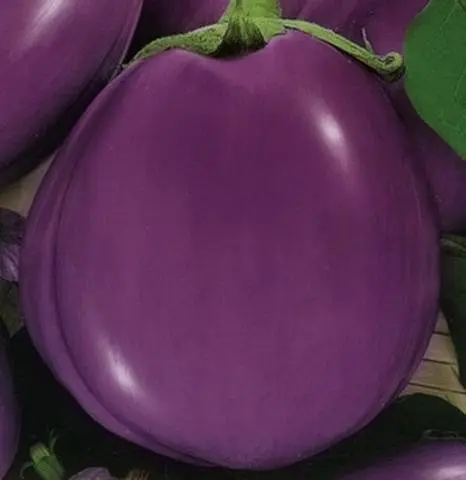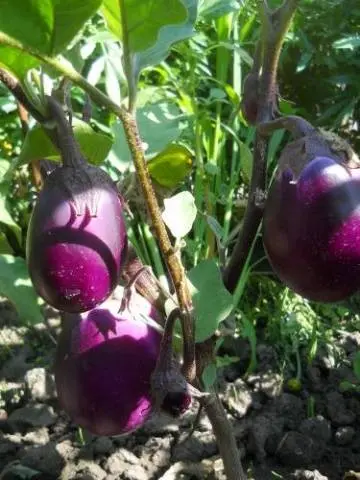Eggplant was brought to European countries and other continents from Asia, and, more precisely, from India. This vegetable grows there not one, but two, three years completely without care, like a weed.
In temperate climates, eggplant is recommended to be grown in a greenhouse or with the use of covering material in the garden.
The shape and color of the fruit is varied. Most representatives of the overseas vegetable are painted in a rich dark purple color, but there are also light purple and even white eggplants.
This article will talk about a bright representative of light purple varieties – eggplant “Piglet”.

Description
Eggplant “Piglet” refers to mid-season varieties. Cultivated plant intended for cultivation mainly in closed ground. In open ground, a crop can be cultivated only if a so-called warm bed is created or in a warmer south-climatic region.
Fruits on bushes of medium size ripen after 110 days from the moment the seeds are sown in the soil.
Ripe vegetables, as you can see in the photo, are light purple in color and round in shape. The weight of the fetus reaches 315 grams. The yield of the variety is high.

The pulp is white, dense, without a bitter aftertaste.
In cooking, the fruits of this variety are used to prepare caviar, various preparations for the winter.
Features of cultivation and care
The eggplant plant is not particularly whimsical, but nevertheless, following some basic rules of cultivation will help you to guarantee a good harvest of this vegetable.
Secrets of growing a heat-loving foreigner:
- the right place for planting seedlings is half the success;
- the worst enemies of a vegetable are drafts and pests;
- abundant watering and top dressing is not a luxury, but a necessity;
- timely pruning of the plant to the first basal fork, as well as the removal of stepchildren, is a prerequisite for good bush growth and maximum yield.
You will learn how to properly care for a vegetable crop in a warm garden from this video:









